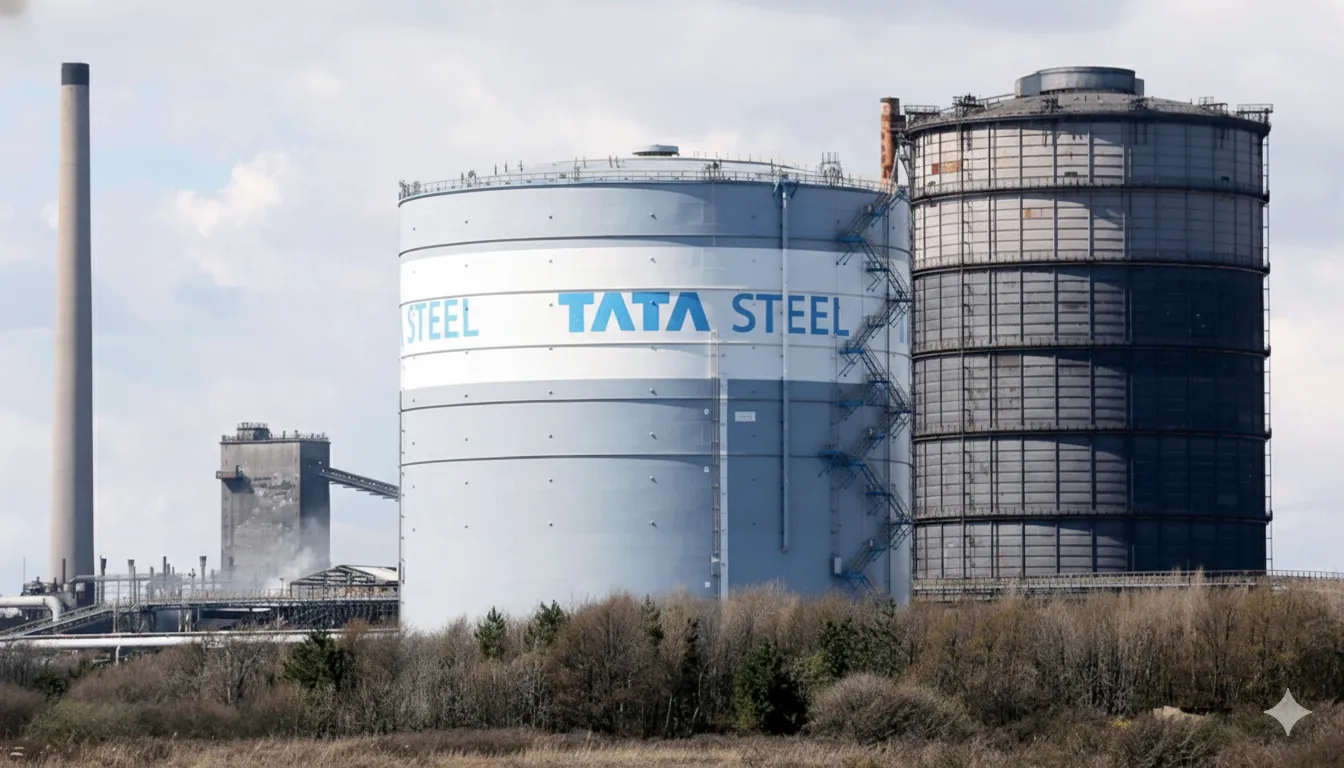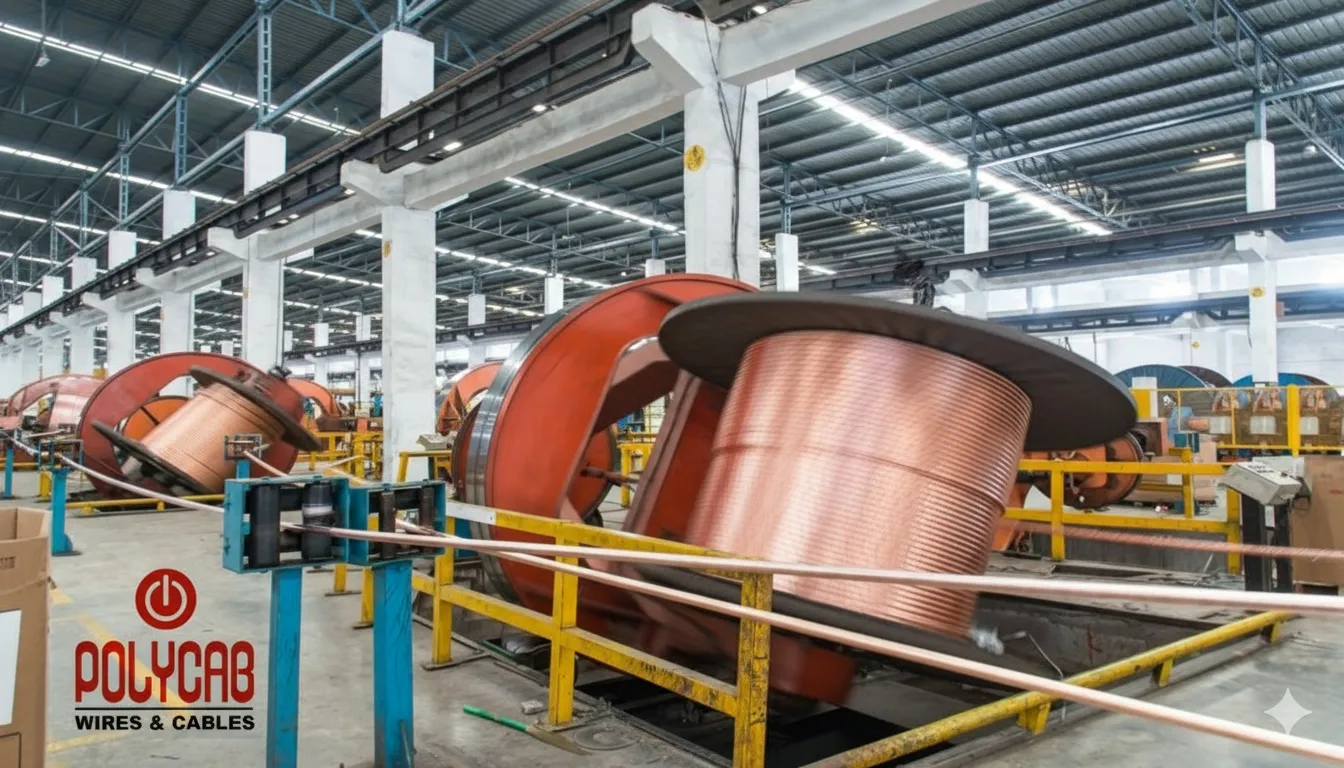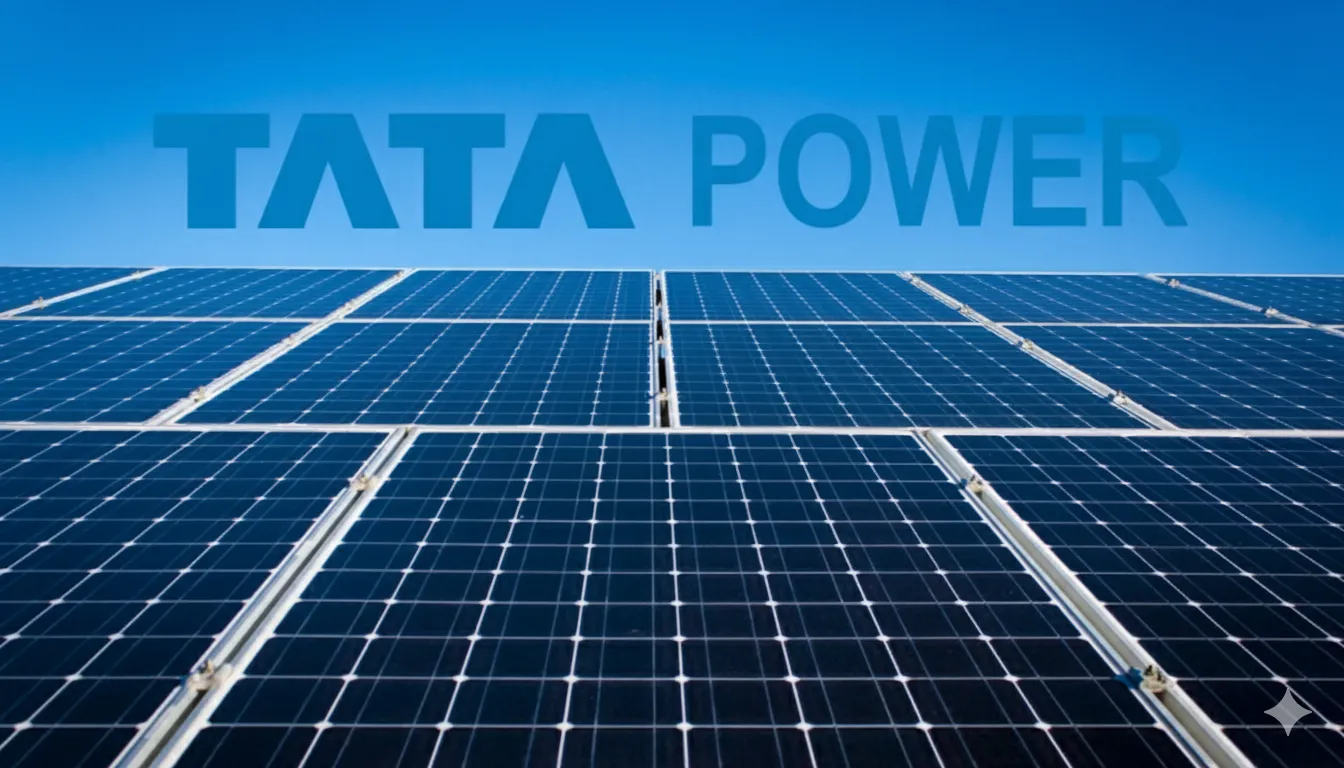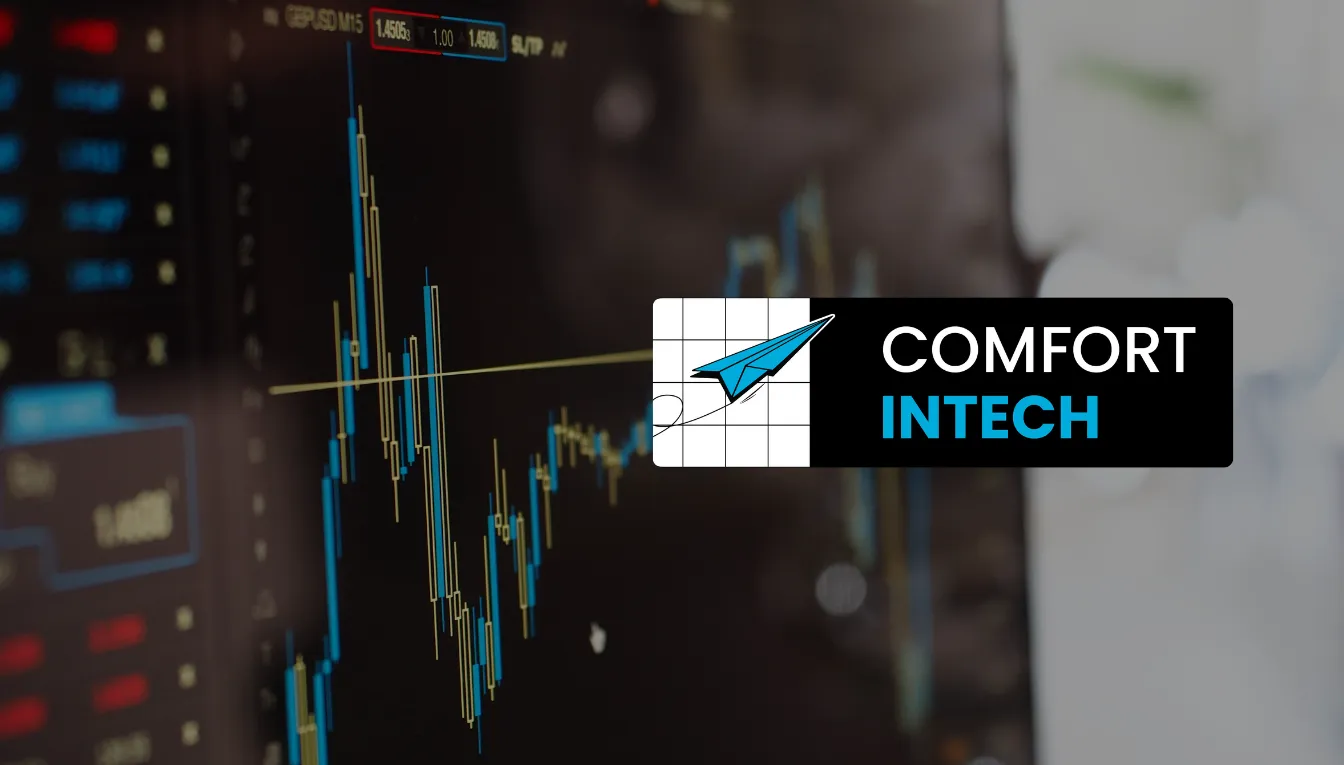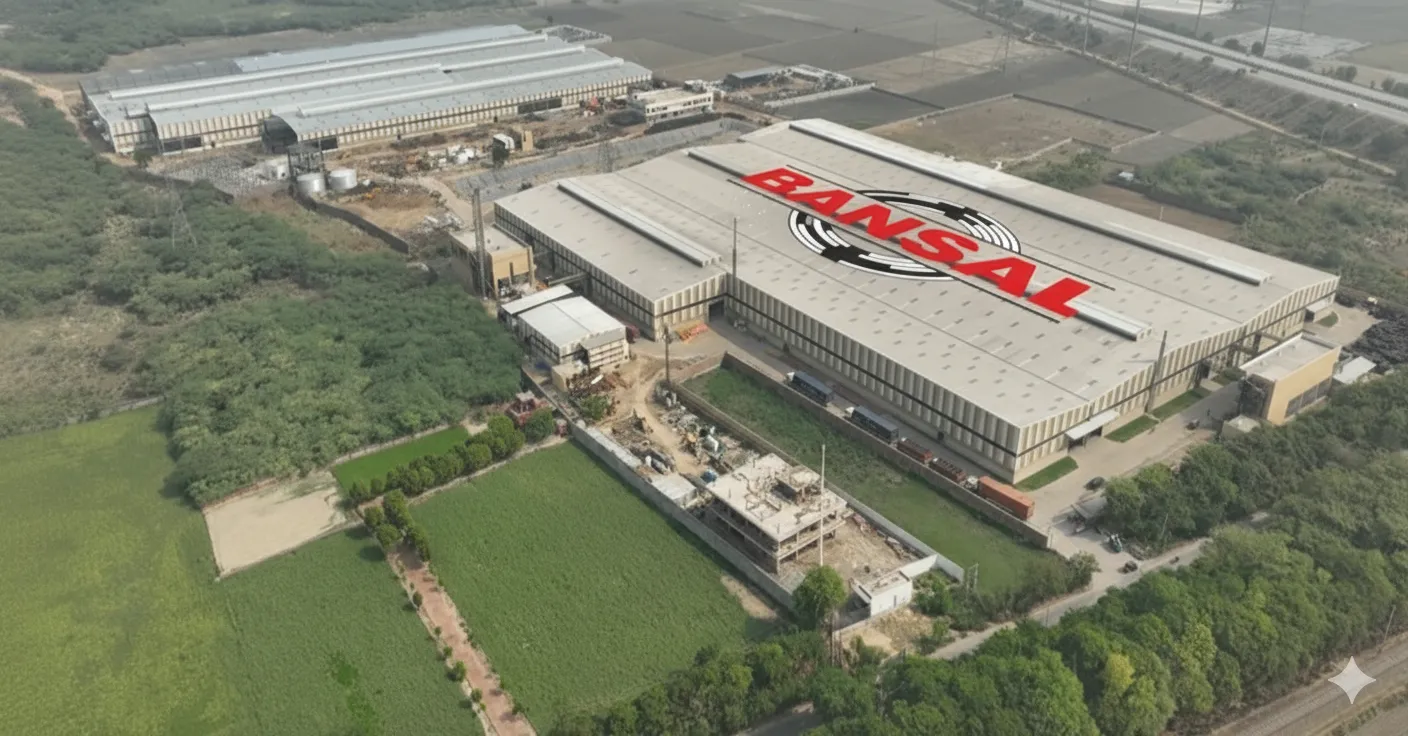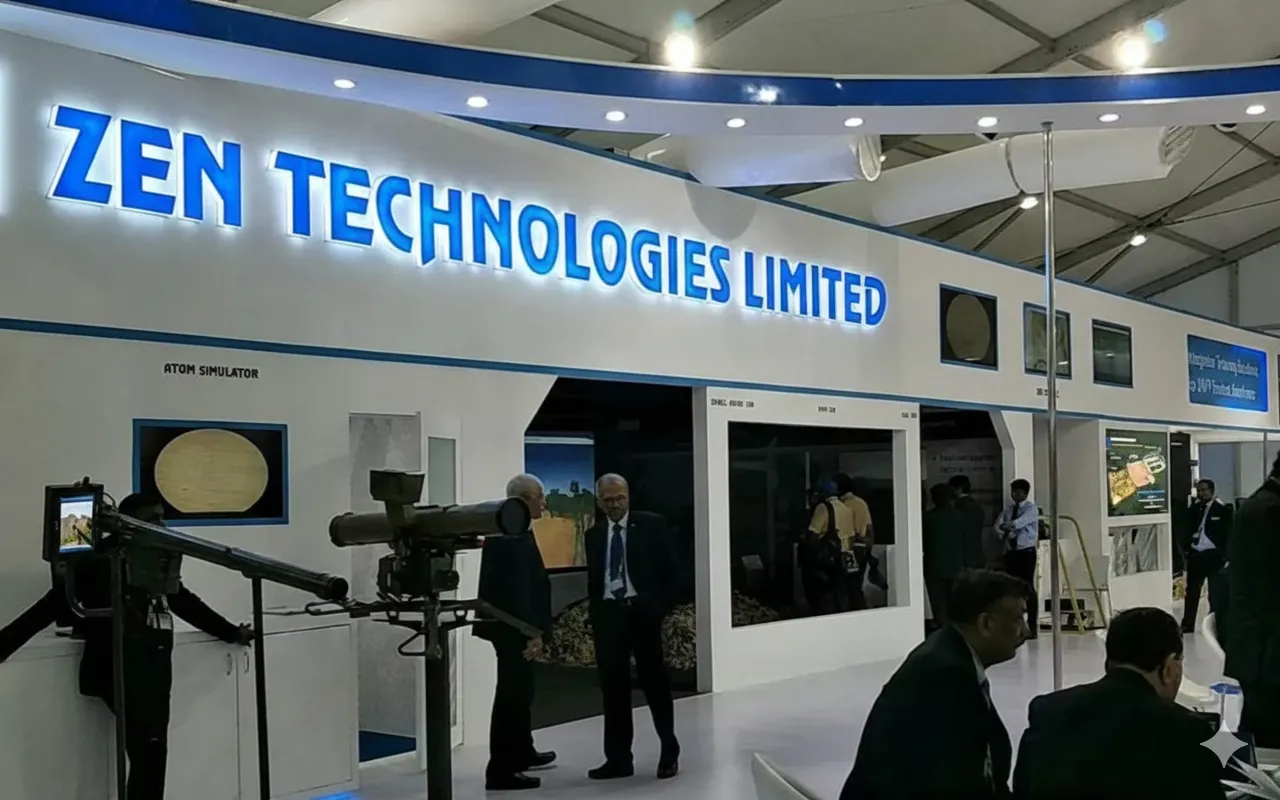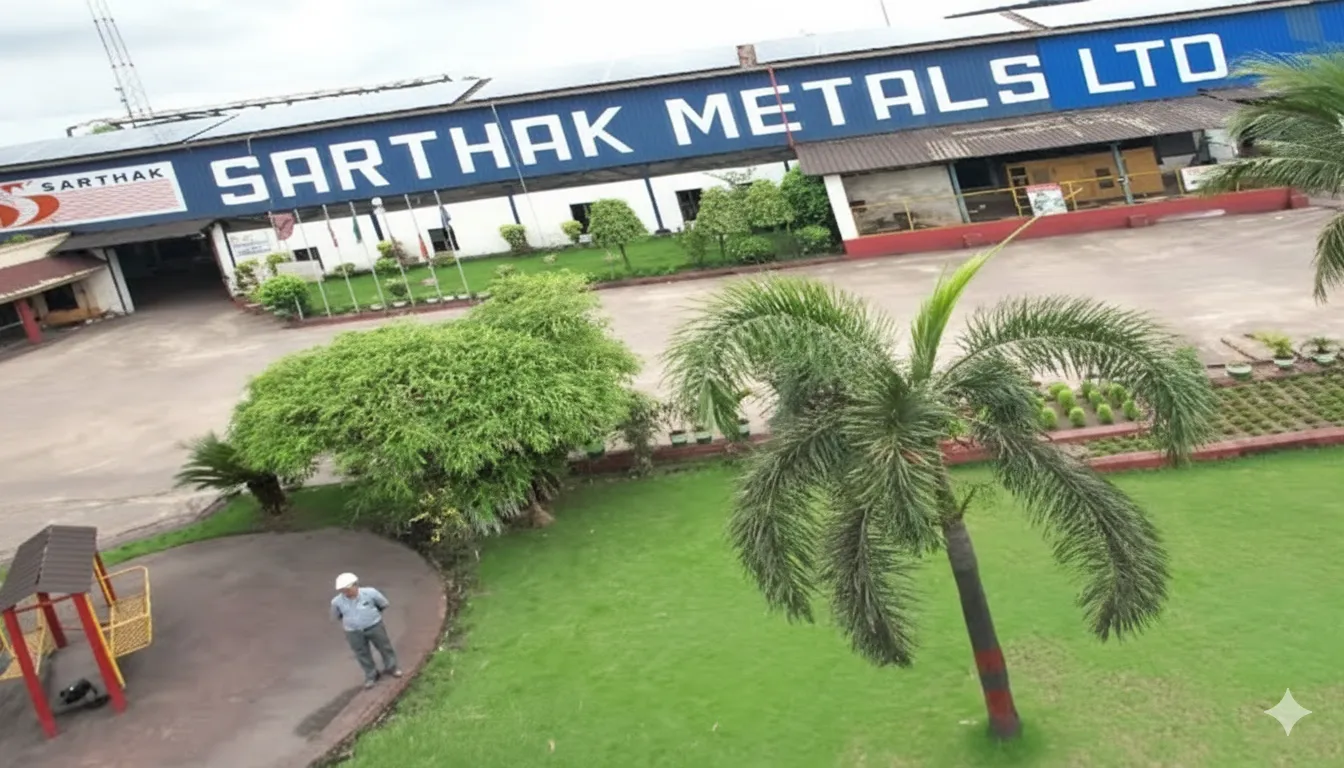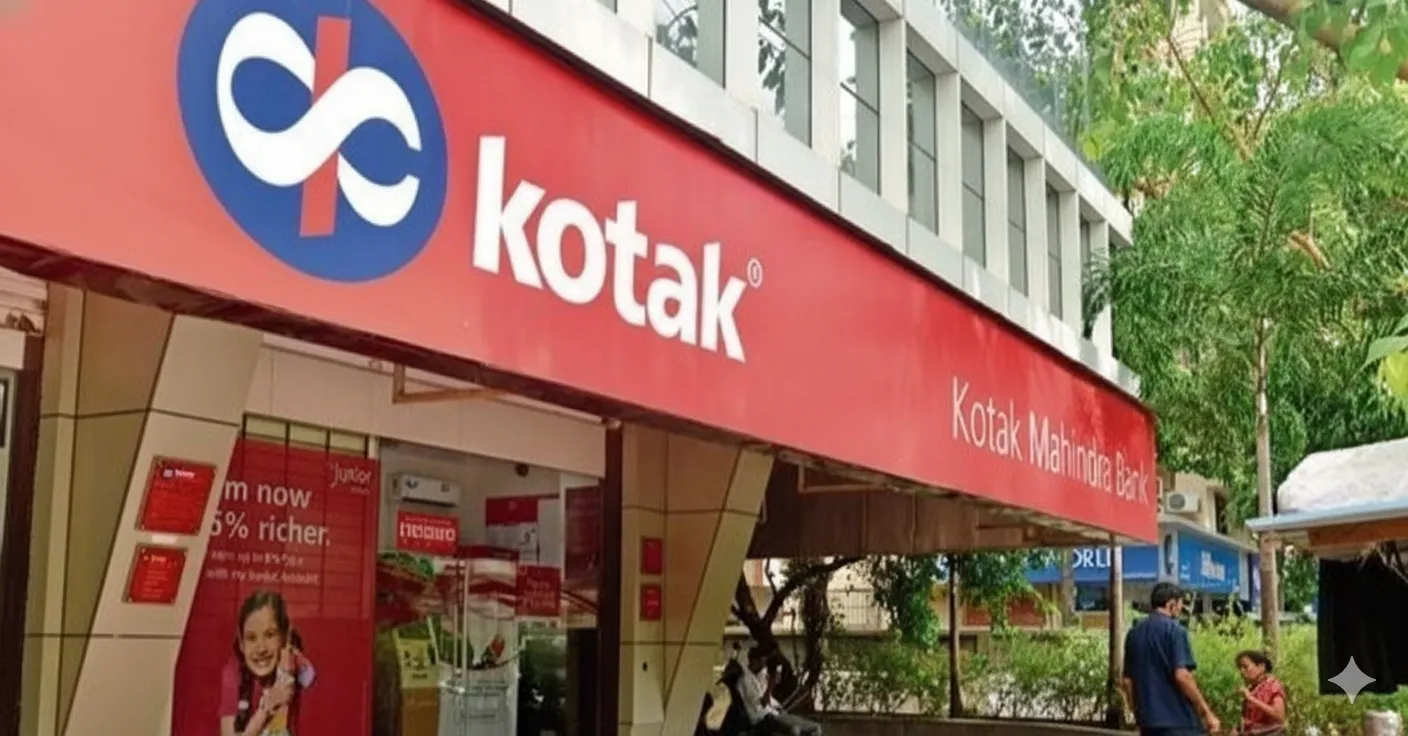Tata Steel Limited (NSE: TATASTEEL), a flagship company of the Tata Group, is one of the world’s most geographically diversified steel producers. With a market capitalization of about ₹2.15 trillion as of October 2025, the company operates across India, Europe, and Southeast Asia, supplying essential materials to industries like construction, infrastructure, and automobiles.
As of October, 2025, Tata Steel’s share price stands at ₹172.80, reflecting near-term weakness amid global steel price fluctuations and broader economic challenges. Despite these headwinds, analysts continue to maintain an “Outperform” outlook, highlighting Tata Steel’s strong fundamentals, cost-efficient operations, and rising domestic steel demand driven by India’s infrastructure growth.
In this article, we’ll analyze Tata Steel’s fundamentals, business outlook, and detailed share price targets from 2025 to 2050. We’ll also look at how the company’s debt reduction strategy, green steel initiatives, and capacity expansion at Kalinganagar could influence its long-term growth story.
About the Company
Tata Steel, founded in 1907, is part of the Tata Group, one of India’s most respected conglomerates. The company has a crude steel capacity of over 36 million tonnes per annum (MTPA) and operates an integrated model covering mining, manufacturing, and distribution.
Its European operations (acquired through Corus) give it access to advanced steel technologies, while domestic plants like Jamshedpur, Kalinganagar, and Angul focus on meeting India’s growing steel demand. Tata Steel’s sustainability roadmap includes transitioning to net-zero carbon emissions by 2045, supported by hydrogen-based steelmaking and renewable energy integration.
Fundamental Analysis
Revenue & Profit Trends (FY2025)
Tata Steel reported consolidated revenue of ₹2.32 trillion in FY2025, slightly down due to weaker global steel prices and high coking coal costs. However, operating profit margins stabilized with disciplined cost control and improved product mix.
| Metric | FY2024 | FY2025 | Change |
|---|---|---|---|
| Revenue | ₹2.43 trillion | ₹2.32 trillion | -4.5% |
| Net Profit | ₹18,705 crore | ₹14,620 crore | -21.8% |
| EBITDA Margin | 14.8% | 12.6% | ↓ 220 bps |
| EPS | ₹12.4 | ₹9.7 | -21.7% |
Despite short-term earnings compression, long-term fundamentals remain robust with expected 6–7% revenue CAGR through 2030.
Valuation Metrics (as of Oct 2025)
| Metric | Value |
|---|---|
| P/E Ratio | 17.8x |
| P/B Ratio | 1.2x |
| ROE | 8.5% |
| ROCE | 10.1% |
| Dividend Yield | ~2.3% |
At these levels, Tata Steel trades at fair valuations, supported by stable domestic demand and a strong balance sheet.
Balance Sheet Strength (FY2025)
| Key Metric | FY2025 | Remarks |
|---|---|---|
| Total Assets | ₹3.84 trillion | Robust fixed assets and reserves |
| Total Debt | ₹82,000 crore | Reduced from ₹89,500 crore YoY |
| Net Debt-to-EBITDA | 1.4x | Manageable leverage |
| Cash & Cash Equivalents | ₹22,000 crore | Healthy liquidity buffer |
The company continues its deleveraging strategy, targeting a further ₹10,000 crore reduction by FY2026.
Shareholding Pattern (as of Sept 2025)
| Category | Share (%) |
|---|---|
| Promoter (Tata Sons) | 33.9 |
| FIIs | 22.6 |
| DIIs | 23.8 |
| Public & Others | 19.7 |
A balanced institutional holding reflects broad market confidence in Tata Steel’s governance and long-term growth.
Past Stock Performance
Tata Steel’s stock has delivered mixed returns over the past decade.
From lows of around ₹30 (post-split-adjusted) in 2020, the stock rallied to over ₹170 in 2025, giving 5-year CAGR of 40%+.
Despite cyclicality, Tata Steel remains a core cyclical play on India’s infrastructure and manufacturing growth, with strong dividend payouts and value creation for long-term investors.
Tata Steel Share Price Target 2025–2050
| Year | Minimum (₹) | Average (₹) | Maximum (₹) |
|---|---|---|---|
| 2025 | 105 | 170 | 255 |
| 2026 | 140 | 205 | 290 |
| 2027 | 170 | 230 | 315 |
| 2028 | 220 | 280 | 350 |
| 2029 | 300 | 450 | 600 |
| 2030 | 600 | 750 | 1,000 |
| 2035 | 1,000 | 1,300 | 1,800 |
| 2040 | 1,500 | 1,750 | 2,500 |
| 2045 | 1,600 | 2,200 | 3,200 |
| 2050 | 1,750 | 2,800 | 3,860 |
Tata Steel Share Price Target & Prediction 2025, 2026, 2027, 2028, 2029, 2030, 2035, 2040, 2045, and 2050
Tata Steel Share Price Target 2025
For 2025, the target range is ₹170–₹255. Steel demand is recovering post-slowdown, while debt reduction and cost optimization should stabilize profitability.
Tata Steel Share Price Target 2026
In 2026, the company could reach ₹205–₹290, supported by expansion at Kalinganagar Phase II and improved European EBITDA margins.
Tata Steel Share Price Target 2027
By 2027, new downstream facilities and dividend growth could push the stock toward ₹230–₹315, assuming stable commodity prices.
Tata Steel Share Price Target 2028
With strong infrastructure spending under “Make in India,” shares may hit ₹280–₹350, benefiting from government-led construction projects.
Tata Steel Share Price Target 2029
The 2029 projection of ₹450–₹600 assumes higher export volumes and operational synergies across Indian and European plants.
Tata Steel Share Price Target 2030
By 2030, Tata Steel could trade between ₹700 and ₹1,000, reflecting higher profitability from green steel and sustained Indian steel demand.
Tata Steel Share Price Target 2035
Mid-decade targets of ₹1,200–₹1,800 assume successful execution of decarbonization projects and a doubling of per capita steel consumption in India.
Tata Steel Share Price Target 2040
Long-term valuation in the ₹1,700–₹2,500 range assumes technological efficiency, reduced emissions, and steady global demand.
Tata Steel Share Price Target 2045
With mature renewable integration and debt-free status, Tata Steel may reach ₹2,200–₹3,200 under favorable macro conditions.
Tata Steel Share Price Target 2050
By 2050, in a full green transition scenario, Tata Steel’s valuation could climb to ₹2,800–₹3,860, assuming continued leadership in sustainable steelmaking.
Growth Drivers
- India’s Infrastructure Boom: High steel demand from housing, railways, and construction.
- Green Steel Transition: Hydrogen-based steelmaking enhances ESG appeal.
- Capacity Expansion: Kalinganagar and Angul projects driving volume growth.
- Global Footprint: Diversified revenue base across Europe and Asia.
- Debt Reduction: Ongoing deleveraging supports profitability.
- Technological Innovation: Automation and AI integration boost efficiency.
Expert Views
- Motilal Oswal: “Buy” rating; target price ₹210; highlights deleveraging and stable demand recovery.
- ICICI Securities: “Add” rating; fair value ₹225, citing margin improvement potential.
- Morgan Stanley: “Overweight”; global steel demand recovery to aid Tata Steel’s EBITDA growth.
Risks & Challenges
- Volatility in global steel and coal prices.
- Slower European demand or energy crisis risk.
- Environmental regulations increasing compliance costs.
- High capital expenditure in expansion projects.
- Competition from low-cost Chinese steel exporters.
Investment Suitability
Tata Steel is best suited for long-term investors seeking exposure to India’s industrial growth story.
- Ideal for: Value investors, long-term PSU/blue-chip portfolios, and dividend seekers.
- Avoid for: Short-term traders or risk-averse investors during commodity downturns.
Given its strong fundamentals, Tata Steel remains a cyclical but fundamentally solid stock for wealth creation over the next two decades.
FAQs
1. What will be Tata Steel’s share price in 2030?
By 2030, Tata Steel’s share price is projected between ₹700 and ₹1,000, supported by rising domestic demand and green steel production.
2. Can Tata Steel reach ₹500 by 2028?
Yes. If steel prices recover and India’s infrastructure push continues, Tata Steel could cross ₹500 by FY2028–29.
3. Is Tata Steel a good long-term investment?
Yes. Backed by Tata Group credibility, operational efficiency, and sustainable initiatives, Tata Steel is a strong long-term bet for investors seeking steady compounding.
Conclusion
Tata Steel remains a core holding for long-term investors, balancing cyclical exposure with structural growth. While near-term volatility persists, its ongoing deleveraging, technological innovation, and sustainability roadmap position it strongly for the next two decades.
From a short-term recovery in 2025 to potential green steel leadership by 2050, Tata Steel’s journey reflects India’s broader industrial transformation. Investors should focus on long-term fundamentals rather than short-term commodity cycles.
Sources
- Tata Steel Annual Report FY2025
- NSE Corporate Filings
- Ministry of Steel (India) Reports
